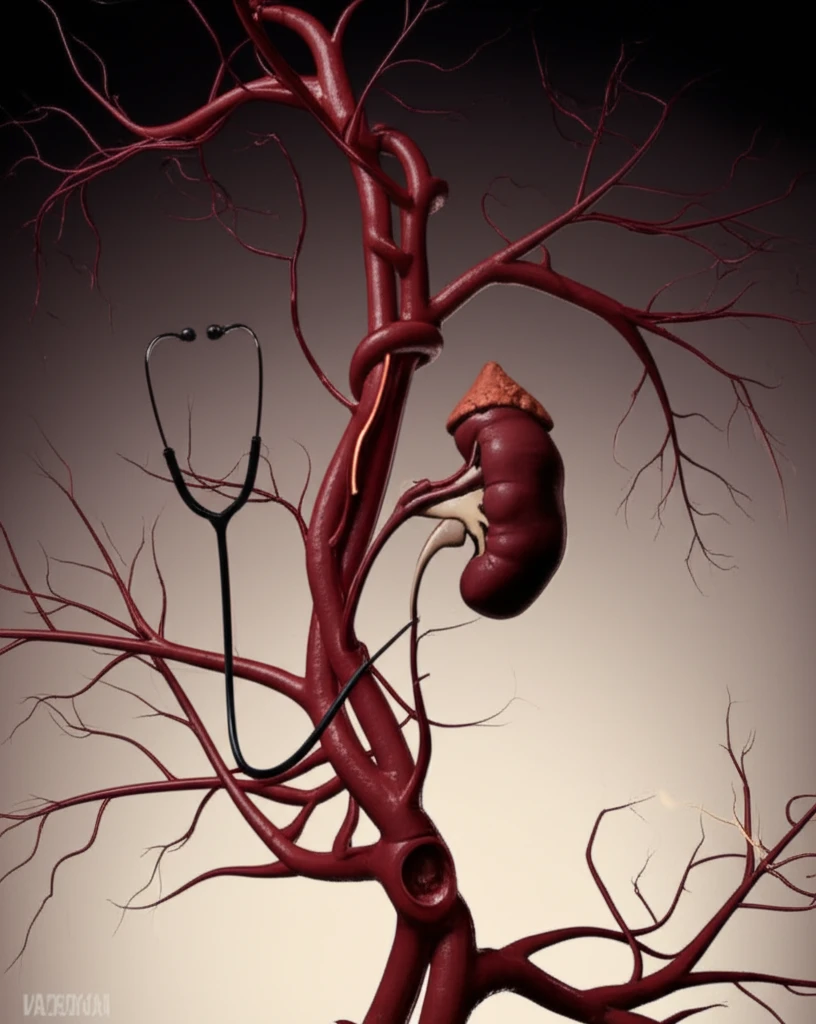
Takayasu's Arteritis: How Kidney Involvement Impacts This Rare Vascular Condition
"Uncover the link between Takayasu's arteritis and renal artery involvement, and what it means for younger patients and their long-term health."
Takayasu's arteritis (TA) is a rare, chronic vasculitis that primarily affects the aorta and its major branches. While it's known to impact various organs, the kidneys can also be affected through renal artery involvement (RAI). This is a serious complication that can lead to hypertension and reduced kidney function.
Previous research suggested that almost half of Asian Takayasu's patients experience renal artery involvement, however, data specifically focusing on Chinese patients has been limited. Understanding the specific characteristics of RAI in this population is crucial for improving diagnosis and treatment strategies.
This article summarizes a study that retrospectively reviewed and analyzed 411 Chinese patients diagnosed with Takayasu's arteritis, seeking to understand the clinical features and implications of renal artery involvement in this specific group.
Renal Artery Involvement: What the Study Revealed

The study revealed that out of 411 patients, 201 were diagnosed with renal artery involvement, with stenosis (narrowing of the arteries) being the most common pattern (78.1%). This significant finding highlights the prevalence of kidney involvement in Chinese TA patients.
- Significantly younger at disease onset (23.5 vs 25.6 years).
- More likely to have hypertension (74.6% vs 28.1%).
- More prone to congestive heart failure (22.4% vs 7.6%).
- More likely to experience pulmonary hypertension (19.9% vs 9.5%).
What Does This Mean for Patients with Takayasu's Arteritis?
The study emphasizes that patients with renal artery involvement experience more severe cardiac and renal dysfunction compared to those without. The negative correlation between eGFR and the severity of renal artery stenosis underscores the importance of early detection and management of RAI.
The findings suggest that younger patients diagnosed with TA, particularly those with longer disease duration, should be closely monitored for signs of kidney involvement. Early intervention, such as angioplasty or stent placement, may be crucial in preventing irreversible renal damage and preserving kidney function.
This research provides valuable insights into the impact of renal artery involvement in Chinese patients with Takayasu's arteritis. It highlights the need for increased awareness, early diagnosis, and proactive management of RAI to improve long-term outcomes for individuals living with this rare and complex condition.
